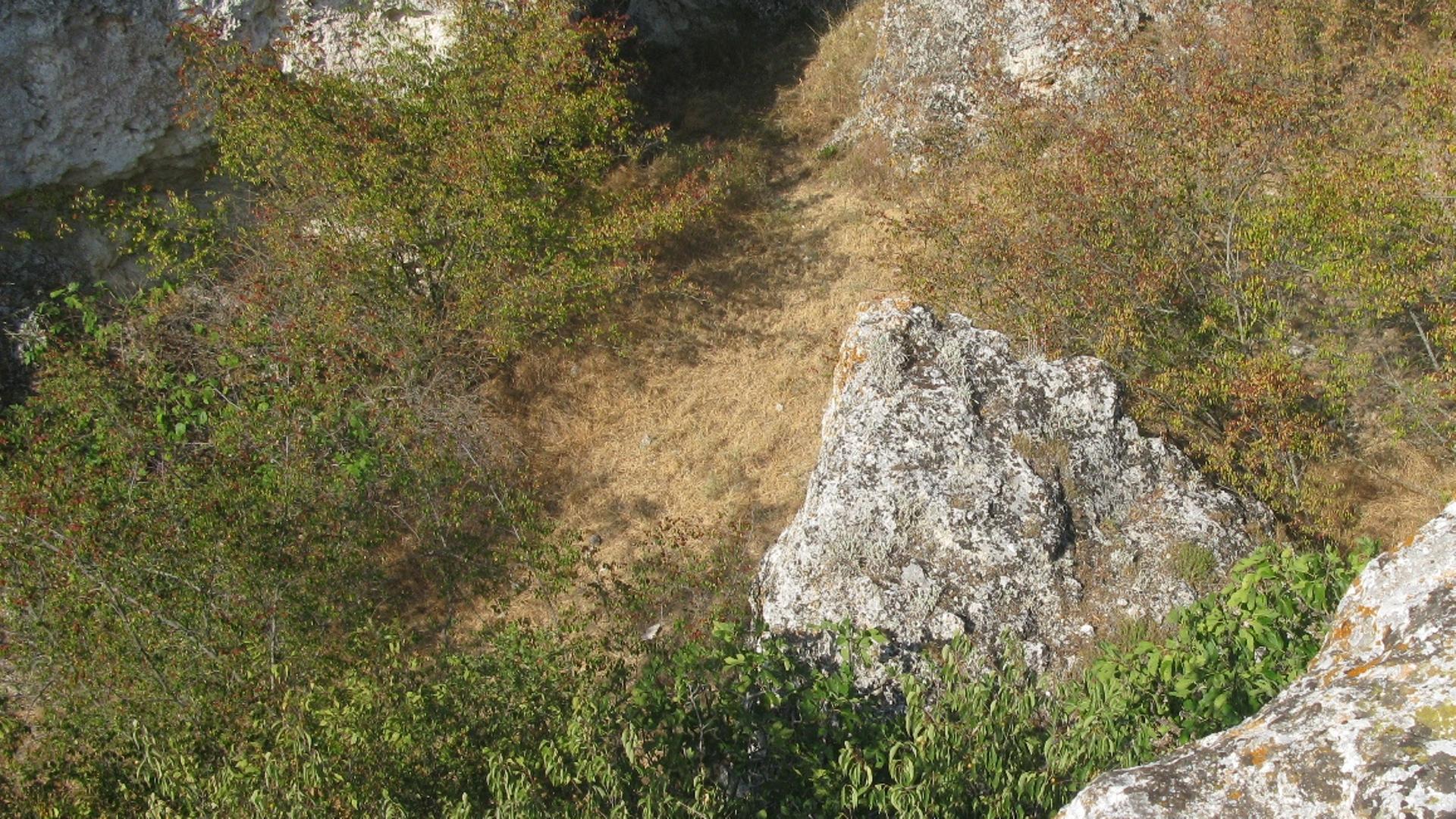Last week archaeologists discovered a sun disc in Edirne’s Suakacagi village, 18 kilometres from the city centre. The sun disc, according to professor Engin Beksac of Trakya University, may date back 3500 years, to the late bronze age, or early iron age.
Professor Engin Beksac is the head of the art history department at Trakya University in Edirne, and the manager of Trakya Research Centre, which focuses on archeology, art history, visual history, and early civilisations (pre-Ottoman era).
He says that sun discs, for a long while, went unrecognised but are either in relief form or carved into rock. The latest find, he adds, is in relief form.
“The sun disc we found recently is significant because it was found in the altar, in the temple. The previous ones were singular, they were found in random spots without temples near them,” he tells TRT World.
“It belonged to the Thracians, who lived in the area in the BCE 1500s. There is a settlement next to the altar area. The rock on which the sun disc is in relief form, is showing west,” Beksac says. “Probably west signifies the time when day and night are at equal length. The west is of significance during the September and March equinoxes.”
Beksac further explains: “The religious offering pit is facing southwest, just like the altar’s main axis.”
According to Beksac, the Thracians used the angle between the southwest and the west to look at the hills on the horizon and to observe the movements of the stars in the sky.
“The southwest is related to winter; it is the point where the sun sets on the shortest days in Thrace,” Beksac says. “In other altars, for example also the ones in Bulgaria, where there are many, the angles are always southeast-south-southwest.”
Asked about the significance of these angles, Beksac elaborates: “This is the movement path of the sun on the shortest days. In December, the sun rises in the southeast, rises to the south, and sets in the southwest in Thrace.”
Beksac believes that the angles and the sun disc also have something to do with the Thracians belief in reincarnation and the mother goddess cult. “The sun is male, the water is the female goddess, and the earth and rocks are the intersection points,” he says.
“The rituals regarding death and reincarnation are present in this altar as well,” he adds. “There is also a river next to it, the Tundzha River –– rivers are also associated with reincarnation of the soul –– so there is a symbolic geography here,” he points out.
“There are other artefacts in this valley; it is a sacred valley,” Beksac tells TRT World. Asked if the sun disc will be exhibited in a museum, he says it cannot be moved from where it is, on a rock. “It’s in the middle of bushes and scrubs, one would have to come out here to see it.”
According to Beksac, there are about ten such sun discs in Turkey, possibly more. “There are many more in Bulgaria,” he says. “The discs in Turkey are in the Edirne area, used to observe the movements of the sun, the moon, and the stars.”
He stresses the importance of the Orion constellation. “It shows itself in winter skies, arriving after November,” he tells TRT World. “It disappears from the sky once winter is over. It is also related to death and resurrection.”
“The Thracians,” Beksac concludes, “had a very advanced understanding of astronomy.”
Thumbnail photo and headline photo courtesy of Engin Beksac, showing the rock the sun disc is on.










Discussion about this post